12 Types of Wood That Are Perfect For Kitchen Countertops

Beautiful wood kitchen countertops bring a rich rustic look to your design. Instead of going for the tried and true granite, or laminate material, many homeowners are turning back to traditional materials such as wood finishes. Wood counters can be added to your main kitchen surfaces or just used for the island with impressive results. Below you’ll find an assortment of kitchen designs with custom counters for ideas and inspiration.
Natural stones, stainless steel, and solid surfaces are some of the most common materials used on kitchen countertops and are favored for their durability and ease of maintenance. However, wood can also be used as countertops, and can add a different look and feel to your kitchen. Unlike other materials, these countertops give a warmer feel and a very natural look. There is also a wide variety of types, species, stains, grains, textures, and finishes to choose from, to be able to achieve any look.
Placed right at the center of an all-white design, the island in the picture above acts as a nice accent, adding a warm pop of color to the otherwise somber color scheme of the kitchen.
The island has turned legs and a Mahogany base, giving it an Antique Spanish kitchen style look. It has a solid wood countertop, using the face grain of solid cherry, and is given a light oil finish on top for protection. As it is a face grain countertop, it is not ideal to use as a cutting block, but it does add more beauty to the space.
Best Wood for Countertops
When it comes to choosing the best wood countertop for your kitchen, the most important factor to consider would be its function in your design. Are you going to use it as a work surface (where you cut food, eat meals etc)? Or is it going to be more of an accent piece in your kitchen? Do consider these questions when deciding what type of wood countertop to use.
There are tons of wood species and combinations of stains, finishes, and colors you can choose from. But here are some of the most popular types used on countertops.
Maple – typically pale/light in color with a straight grain. They are usually favored for their durability & abrasion resistance. Excellent to use as a butcher’s block or a cutting surface.
Teak – this wood is known for its rich warm orange color, giving it an exotic look. Aside from its durability, it also has a high oil-content, making it more moisture resistant.
Tigerwood – known for its striped wood grain & is very durable, making it an ideal countertop material that will last you for years.
Walnut – this material is known for its toughness and its wide color variety (depending on which part of the wood you are getting). See our walnut kitchen countertop gallery here.
Cherry – commonly used in furniture, Cherry is popular for its smooth, even finish and its red hue.
Zebrawood – this wood is known for its striking stripes/patterns which are reminiscent of its namesake. Aside from the very exotic appeal it gives, Zebrawood is also known to be very durable.
Bamboo – being rapidly renewable, this material is a very eco-friendly choice. Bamboo is known to be very resilient, and it gives a clean, modern appeal with its very subtle grain pattern and light color. It’s interesting to note that bamboo countertops which are not really a wood but a grass, are more durable than many types.
Reclaimed Lumber – these are reclaimed with prominent knots and texture which gives a very rustic and country look to your kitchen, but are typically softer than other species, so they are mostly used as accents only.
Wengue – another durable option, wengue is sought for its naturally-dark color and clean, straight grain.
Beech – a fairly affordable option that is also very durable and tough. It has a nice light orange/pink hue and takes wood stains well.
Hickory – this is the strongest American wood species, so using it on your countertop can ensure you a long-lasting work surface.
Mahogany – there are many different species of Mahogany, but they are typically known for their red color and elegant wood grains. This is a softer wood, so they are not recommended as cutting blocks
Aside from a large variety of options to choose from, there are also different grain orientations and finishes you can use depending on the intended function.
Choosing the right combination of wood + grain orientation + finish will ensure that your countertop lasts for a longer time. Always remember that due to wood’s nature, it can be very susceptible to water damage if you do not adequately coat it with protection (temporary or permanent finishes). As such, proper care and maintenance should be observed when using these countertops.
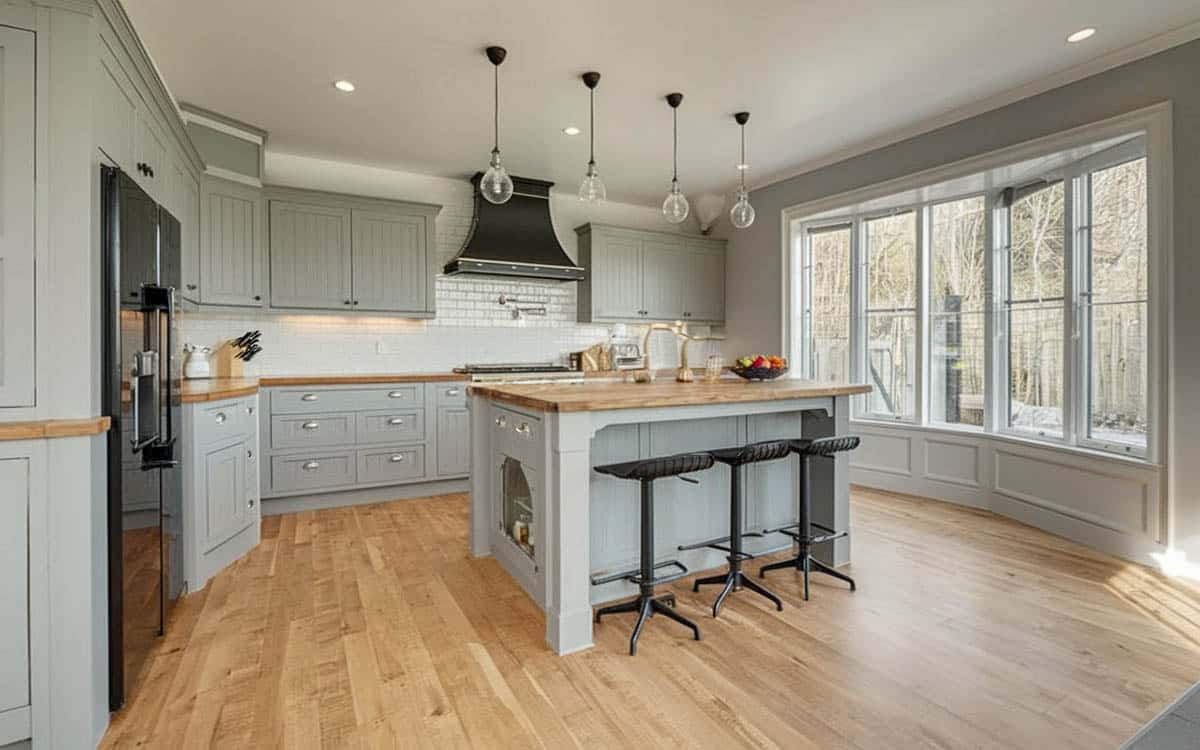
How to Care for Wood Countertops
Different finishes require different maintenance, so it is important to know what kind of finish was used on your countertop to determine its need for retouching as well as the proper cleaning agents.
- Waterlox Finish – this is a highly waterproof, heat and stain-resistant finish. This finish is easily cleaned with mild soap & water and can be disinfected with a weak vinegar solution. Minor scratches & nicks can be fixed by lightly sanding the area and reapplying Waterlox.
- AVOID: Bleach and ammonia, direct excessive heat, cold or moisture, cutting directly on its surface
- Drilling & cutting the countertop would require refinishing all its exposed surfaces
- Tung Oil/Citrus Finish – this is a water and stain-resistant finish that requires to be reapplied every 3 to 6 months. This is also cleaned using mild soap & water and can be disinfected with a water & vinegar solution, making sure it is wiped thoroughly after cleaning.
- AVOID: chemicals or harsh detergents, direct excessive heat, cold or moisture, cutting directly on its surface
- Drilling & cutting the countertop would require refinishing all its exposed surfaces
- To check if the finish is still good, simply dribble a few drops of water on the top. If it beads up, the finish is still good, but if it absorbs, it already requires re-application
With proper care and selection, this countertop can add not only an additional aesthetic value to a kitchen but can also provide functionality and style. Cost is another concern when considering the installation of these countertops. As of this writing, these countertops cost on average around $40 a square foot for basic materials.
However, installation costs can increase the average cost to around $75 a square foot. The type of wood you select will also have an impact on cost figures. For instance, natural wood materials such as maple or walnut will be less expensive compared to more exotic hardwoods such as teak or many forms of cherry. It is also true that custom wood with edging and/or stained wood will generally be more expensive to buy.
Related Kitchen Design Galleries You May Like:

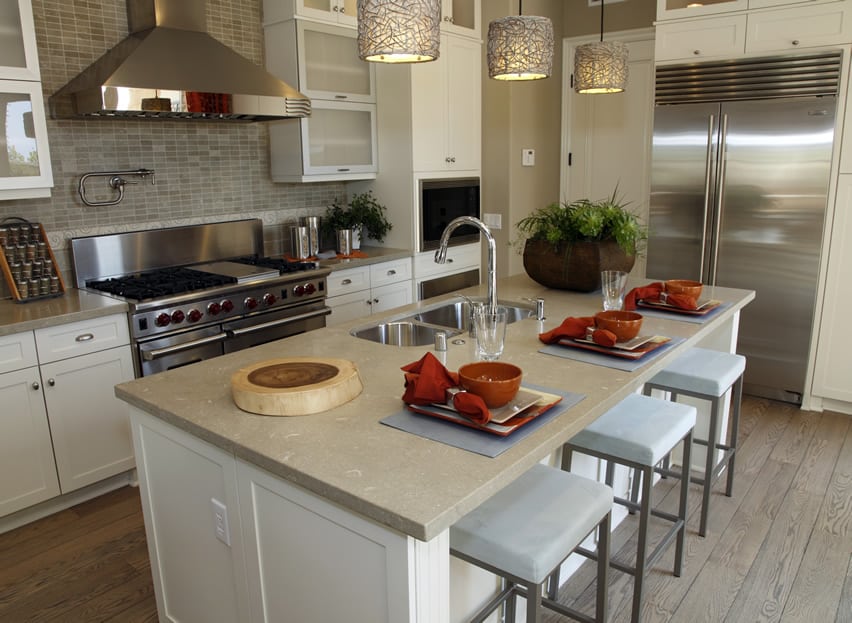
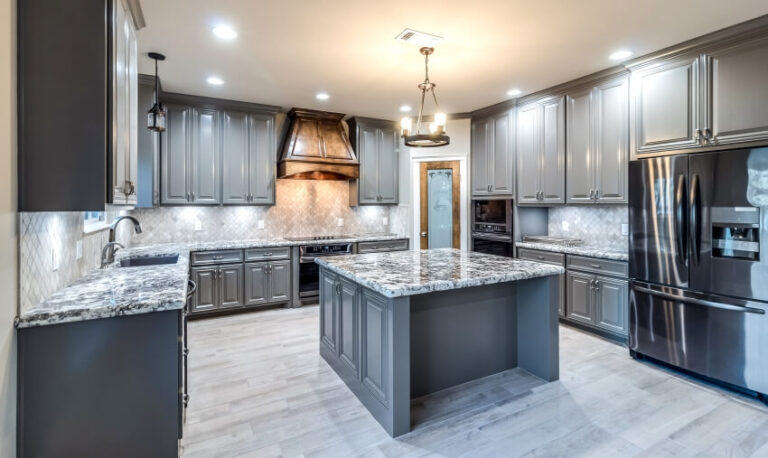
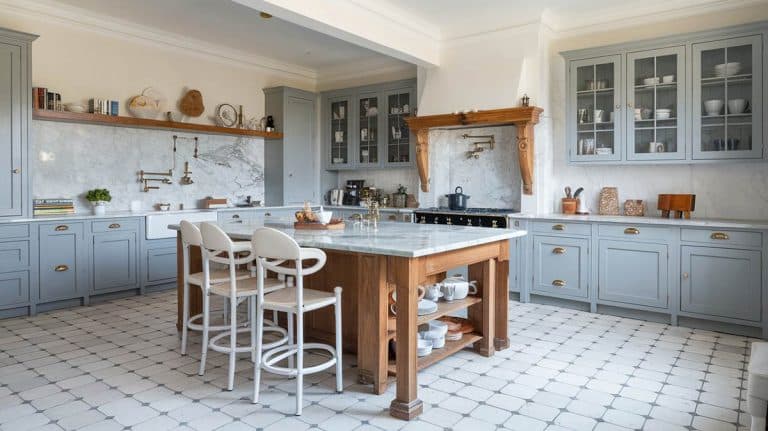
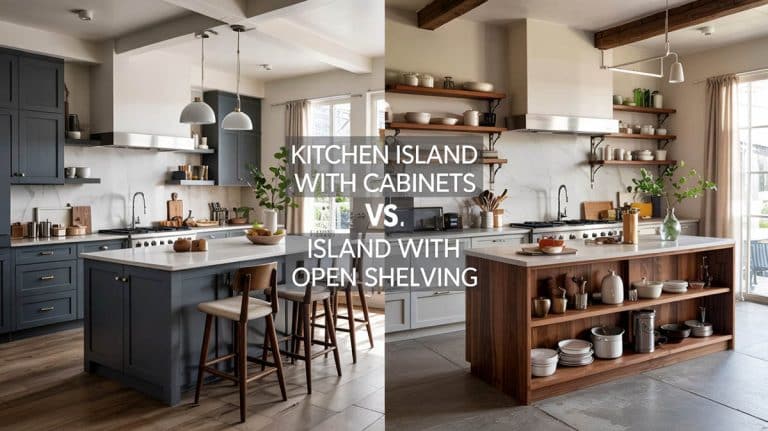
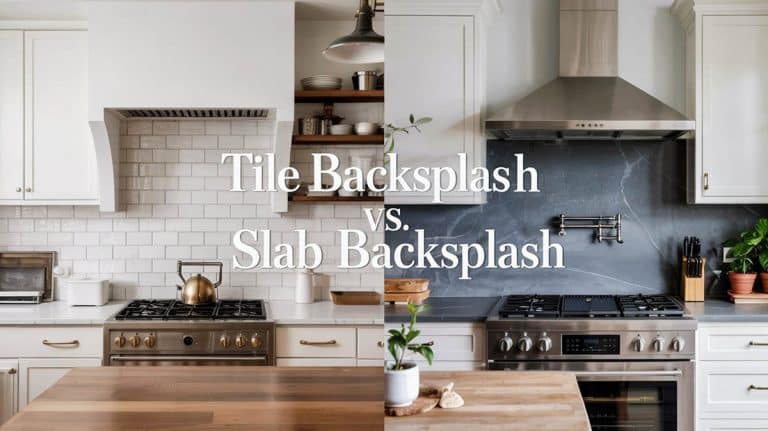
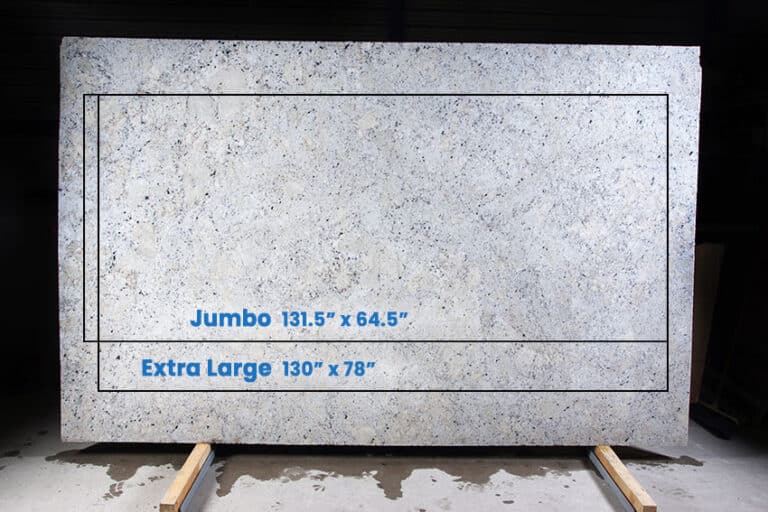
My husband told me that since I broke our quartz kitchen countertop, maybe I should opt for something lighter that can easily be repaired. I think he might be telling me that I should opt for walnut wood countertops this time. Thanks for telling me that different finishes require different maintenance, so I’ll be sure to keep that in mind.